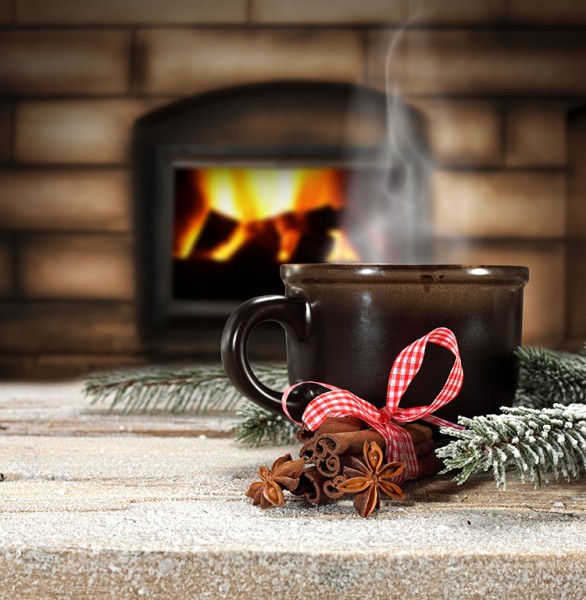
Some people—maybe you are one of them—would rather live in sunny, tropical places all year long if they could manage it. My wife is one. Not me. I like seasons. I like raking leaves when it’s time for raking leaves and shoveling snow when it’s time for shoveling snow. I like the chance to do, eat and drink different things as the year turns round. I like the changing moods brought by changing weather.
So here we are, two months into autumn, and it feels pretty much like, well, like it did at the beginning of autumn. I don’t know what it’s like in your neighborhood, but here it’s unseasonably warm. Leaves are still falling, somehow, and we’re still waiting for a decent frost. (Maybe writing about that will jinx the weather into normalcy. Or maybe writing about the jinx only jinxes the jinx, neutralizing its power. Or, maybe writing about the jinx on the jinx…)
Anyway, let’s get on with winter. Scarves wait to be worn. Drinks wait to be warmed.
A few days ago, I set out to write a little piece about warmed-up beer drinks for winter, and how to make a few of them. That little piece turned into a glossary of sorts, and then that glossary grew some more. I found more drinks than I expected, many of them with cool names—Dog’s Nose, anyone?—and I reserve the right to come back here later and add more.
But before we get to the list, there are a few things to address. If you want to play with warm ale, what should you know?
First of all: If you want, we can pretend like this is the next big hip trend and everyone is going to be heating up their ale with spices and eggs this year. But that’s bullshit. My research turned up several articles over the past several holiday seasons (although none were as comprehensive as this).
As far as I can tell, there has been no great renaissance of hot ale drinks.
Maybe there is a reason for that. And to take that thought further, maybe there is a reason that these drinks basically died out as refrigeration became more common, and better industrial practice produced more consistent beer.
Maybe cool, well-made beer is by and large better than these fascinating, historic, seasonal, and at times poetic adulterations.
Remember, these drinks were products of times when house-brewed or tavern-brewed ales were of widely varying quality. Sugar and spice probably improved them. Eggs and even bread could add nutritional value for people who had less food and more physical work to do. This was hot food, even if it raised spirits more than a cup of soup.
It was also hot medicine. Some of these drinks were already old-fashioned by the 19th century, when recipe books (from what I have seen so far) tended to consider them as cold remedies, or hospital food for invalids.
Also, cold days and nights hit people harder back then. Cold beer would have been a viable option in that weather, but … Let me put it this way: In the 21st century, we’re able to watch a blizzard out the window while drinking cold beer, and somehow this is not considered absurd. People think social media are such a revolution, but how about climate control?
About heating these drinks: Some of these old recipes call for boiling the beer. Maybe they didn’t always know that this reduces the intoxicating effect, or maybe they just didn’t care—again, this was more about warmth, nutrition or healing, not just celebration. Regardless, I think the modern advice would be to heat not quite to boiling. But it’s up to you.
Another thing: Go with sweeter beer if you have it, not bitter beer. Cold and carbonation help mediate bitterness, but heat seems to intensify it while cooking kills the bubbles. You’ve been warned.
So far I’ve only tested one of these “recipes,” if you can call them that. My wife and I made Rum Flip. We used The Honeyed One amber from High Hops—because it is sweet and strong (7.1%) and because it was handy—with eggs, some 12-year-old Guyanese rum, and freshly grated nutmeg and cinnamon. I liked it. She didn’t. The alcohol taste was a bit strong for her.
I found it … warming.
The rundown so far:
Mulled ale: This is the baseline, so I put it at the top. The idea is, take whatever beer you think would work best, warm it up, and add sugar (or honey), spices and … maybe an egg. Sounds weird, but the egg is traditional when it comes to these old tavern drinks. Sometimes there is cream too. There is lots of room for interpretation and tweaking. A typical recipe involves heating the beer and spices not quite to boiling, then tempering a mixture of egg and sugar before adding it to the beer. Alan McLeod, who writes A Good Beer Blog and co-authored the historical book “Upper Hudson Valley Beer,” dug up some New York newspaper clippings for us. They included this gem from the New York Spectator of December 27, 1845:
“There is nothing in the world so democratic as mulled ale; it is an arch leveller of all conventional dignity, and deserves to meet with especial patronage in every republic.”
Aleberry is a mulled ale with chunks of bread soaking in it. It’s one that historian Gregg Smith, author of “Beer in America: The Early Years,” mentions here. Why bread? Maybe it’s better that way. I’d be tempted to use a dark, spicy rye. Or maybe different types of bread go better with different types of ale? Let us know if you experiment.
Caudle is a thick, warm drink meant for nourishment. It apparently began as a medieval English version of mulled wine or ale. One 15th century recipe lists several options including egg yolks, ground almonds, sugar, honey, saffron and ginger. It’s tempting to try them all at once. Later versions appear to include bread or porridge, as its use became more medicinal.
Dog’s Nose is typically a blend of ale (often porter) and gin, not always served warm. I think it ought to be warm. The nice-looking recipe on this blog Gin and Crumpets calls for a bottle of porter and about two ounces of gin, warming them together with nutmeg and three teaspoons of brown sugar. (It doesn’t call for an egg, but after the reading the flip recipes I’m tempted to add one. It’s also tempted to try a warmed, sweetened version of Rattleskull, which was a mixture of strong porter, rum, lime juice and nutmeg.)
Flip is the name for several drinks, including a form of mulled ale famously heated with a iron poker red-hot from the fireplace. The poker is what people remember today, but most old flip recipes I’ve found (so far) don’t mention it. The Jerry Thomas book “How to Mix Drinks” from 1862 suggests that pouring the mixture back and forth between two pitchers is what makes it a flip. (He doesn’t mention a hot poker.) According to Thomas: “The essential in flips of all sorts is to produce the smoothness by repeated pouring back and forward between two vessels and beating up the eggs well.” Note that because these are hot liquids mixed with eggs, it’s a good time to acquaint yourself with a technique called tempering—so you don’t get bits of cooked egg floating in your drink. Thomas includes several similar versions of flip, including these:
- Ale Flip: Boil a quart of ale. Beat two egg whites and also separately beat four egg yolks. Freshly grate half a seed of nutmeg into four tablespoons of sugar, and gradually add the separate egg mixtures to combine. Gradually whisk in the hot ale, then pour from one pitcher to another “till the flip is smooth and finely frothed.”
- Egg Flip also takes two egg whites and four yolks, this time beaten together with four tablespoons of brown sugar and some nutmeg. Gradually pour in the boiling-hot ale while stirring, then pour from pitcher to pitcher from “as great a height as possible” to produce “the smoothness and frothing essential to the good quality of the flip.”
- Rum Flip: Grind some ginger, nutmeg and lemon peel together with a mortar and pestle. Warm up a quart of ale. Beat three or four eggs with some sugar, a teaspoon of the ginger mixture, and a half-cup of rum or brandy. When the ale is near boiling, pour it into one pitcher and the rum mixture into another. Combine mixtures and pour back and forth from one pitcher to another “till it as smooth as cream.”
Flip-dog is another name for Flip, as is hottle. Yard of Flannel is the same as an Egg Flip, above, according to Thomas.
Glühkriek (or Kriek chaud) is the Belgian take on mulled wine, using cherry lambic in its place. A few breweries like Liefmans and Timmermans market tweaked version of their sweet cherry beers, meant for warming on the stove. Cascade in Oregon also makes a version with its sour cherry beers, called Glueh Kriek. The Belgian ones are available every year at the annual Kerstbierfestival in Essen, Belgium, where they have also been known to mix their own versions using authentic, sour kriek. For the version with De Cam Oude Kriek, they kept it warm at about 150°F, adding honey, cloves, a bay leaf and a cinnamon stick. (Out of curiosity I contacted Cantillon to see if the team there had any advice on warming of their kriek. Brewer Jean Van Roy says he prefers that we drink it cool. Some things, it would seem, are sacred.)
Lambswool is another drink mentioned by Gregg Smith: “Popular in the 1700’s, preparation began by first roasting several apples until the skins burst. Strong, old ale was heated, into which nutmeg, ginger and sugar were thoroughly blended. Finally, the apples were immersed in the heated beer immediately before serving.” Some versions call specifically for crab apples.
Posset originally was hot milk curdled by adding ale (or wine) to it. I don’t know. You try it first.
Shenagrum is an old Cornish winter drink. Bloggers Boak & Bailey, authors of Brew Britannia, found this version in a 1930s cookbook compiled by the Cornish Women’s Institute: To two lumps of sugar, a wine glass of rum and two slices of lemon with rind, add a glass of boiling hot beer. Another recipe adds nutmeg and ginger. This site says the beer should be dark; I’m not convinced of dark beer’s historical importance in this recipe, but I like the sound of it.
Wassail is a traditional hot drink for winter holidays, often associated in our minds with Christmas carols. The story goes that poorer beggars used to go around singing outside the homes of the rich, hopeful for a treat of cup of wassail—hence, “Here We Go a-Wassailing.” Some versions use mulled cider or wine, but ale appears to be just as traditional. According to Smith: “Sugar was placed in the bottom of a bowl, one pint of warm beer was then poured in along with nutmeg, ginger and cinnamon. After all ingredients were infused, the mixture was allowed to stand for several hours. When ready to serve it was heated and topped with several thin slices of toast.”
Source: http://draftmag.com/
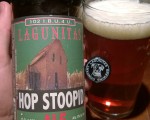

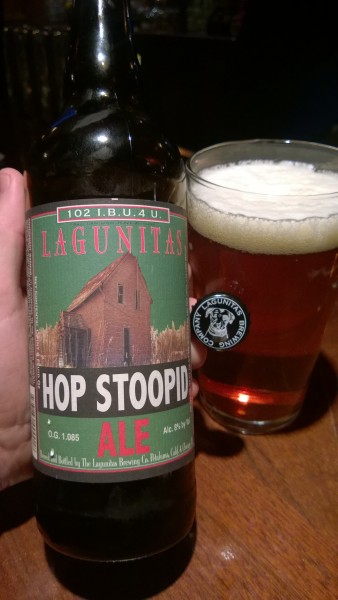
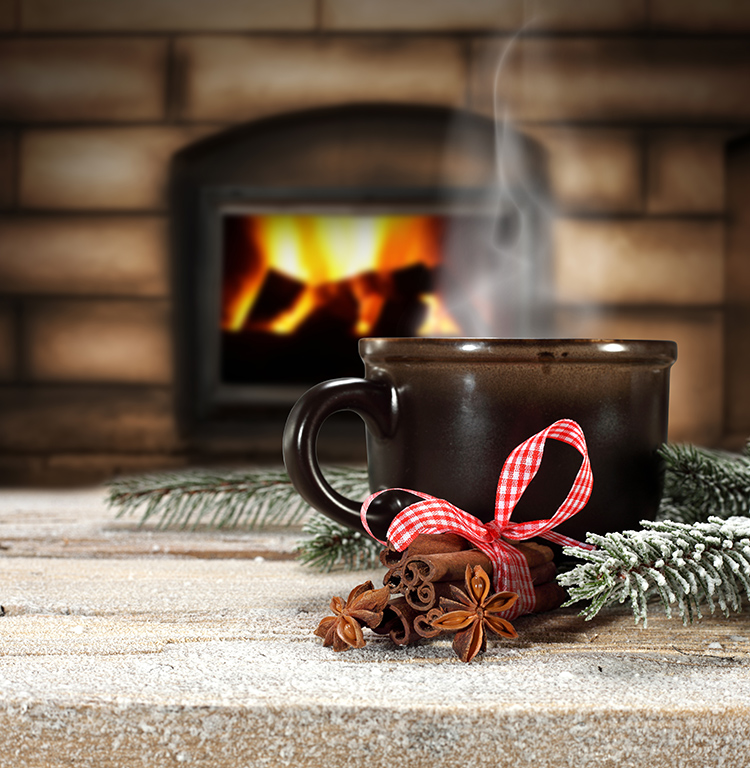

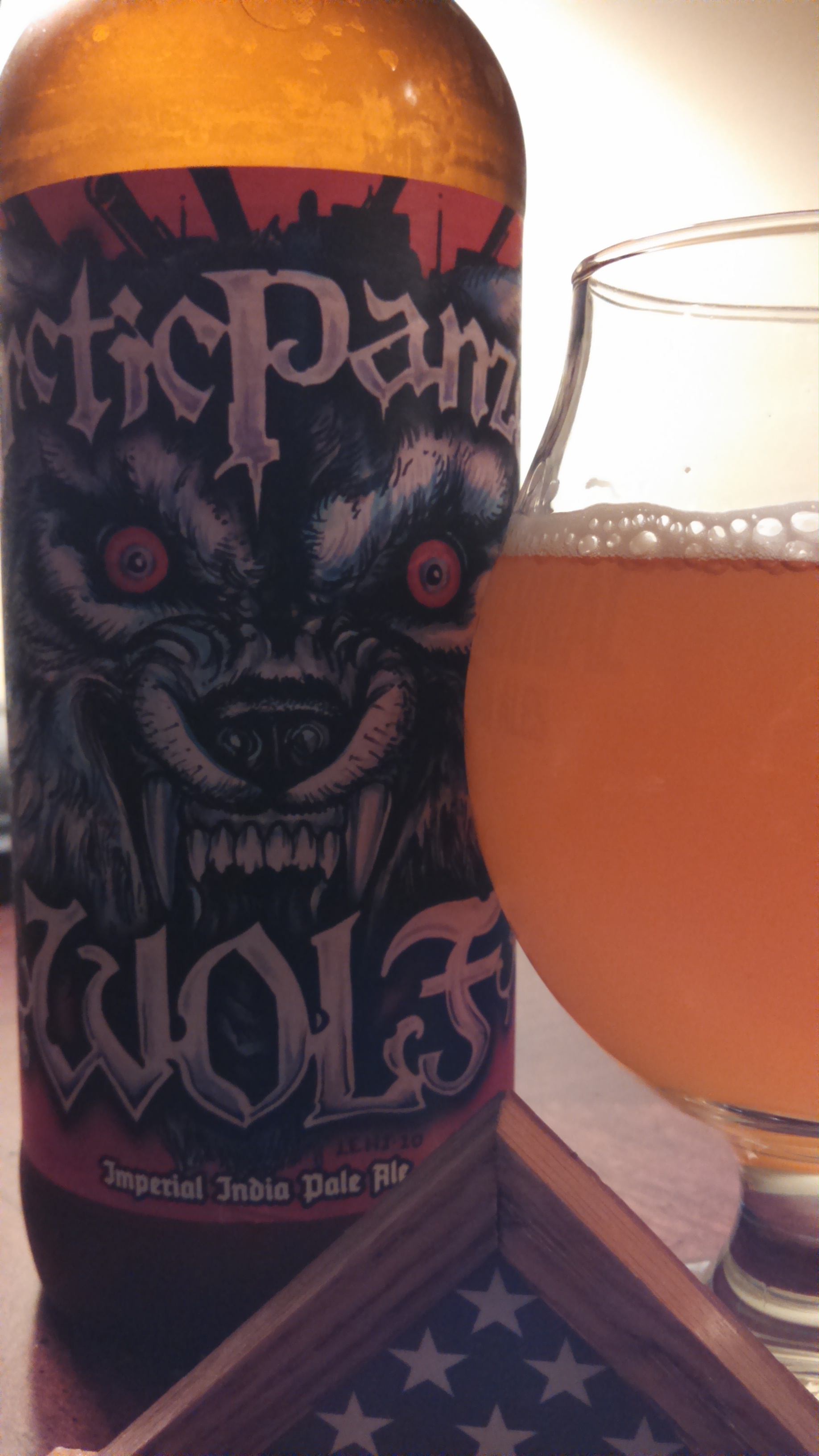
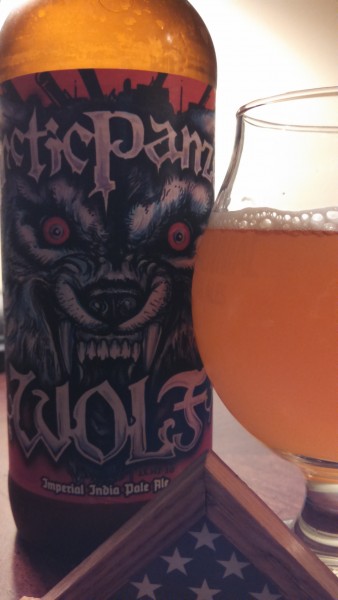
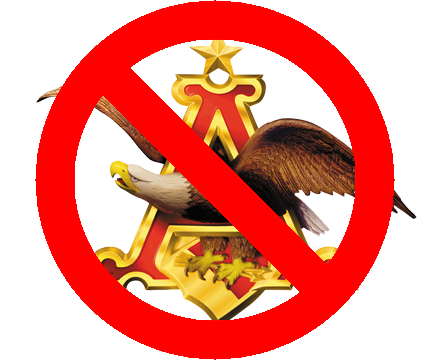

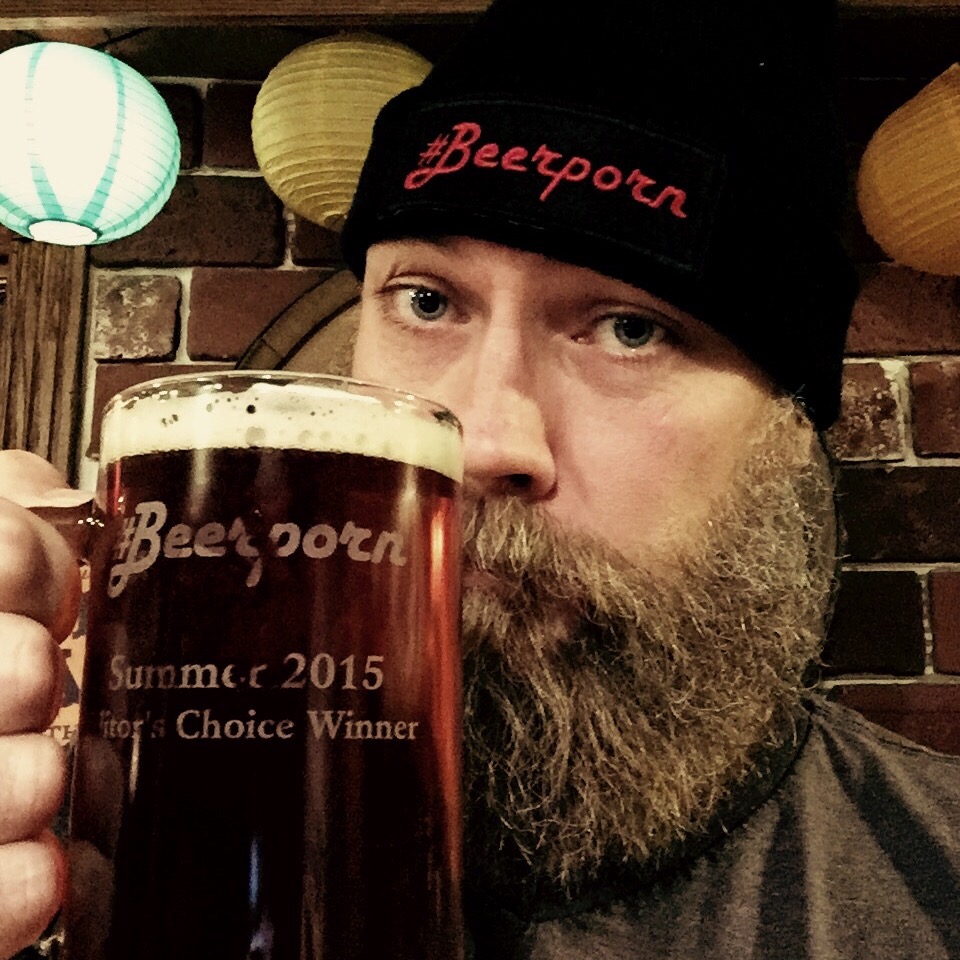
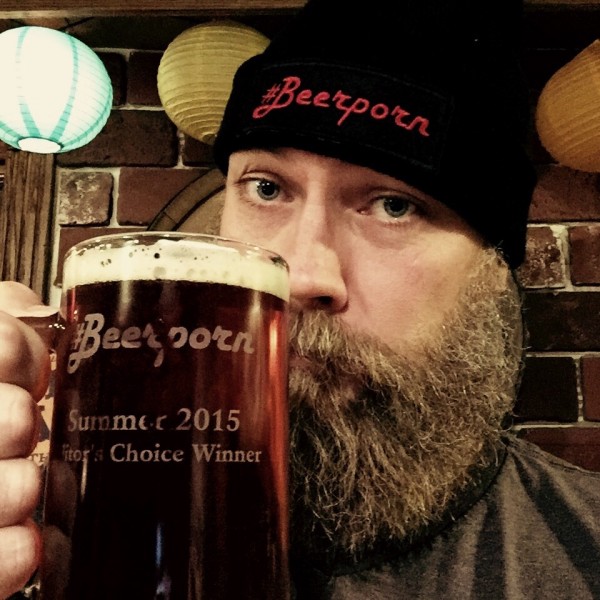
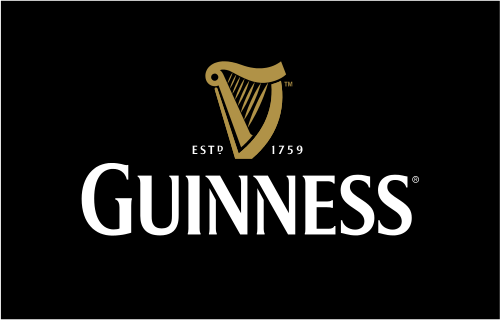



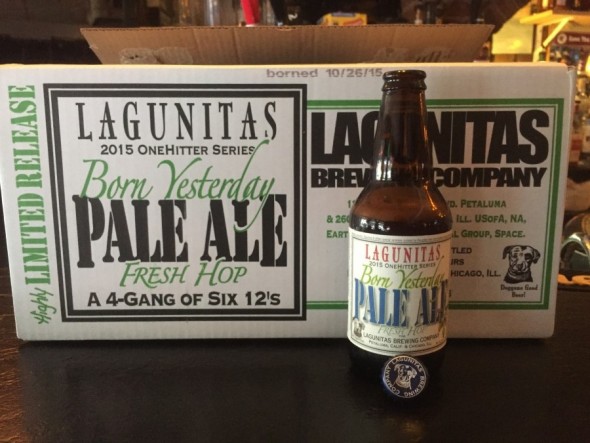
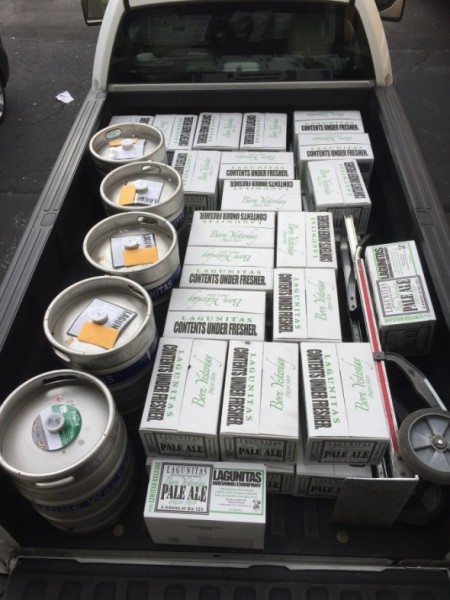

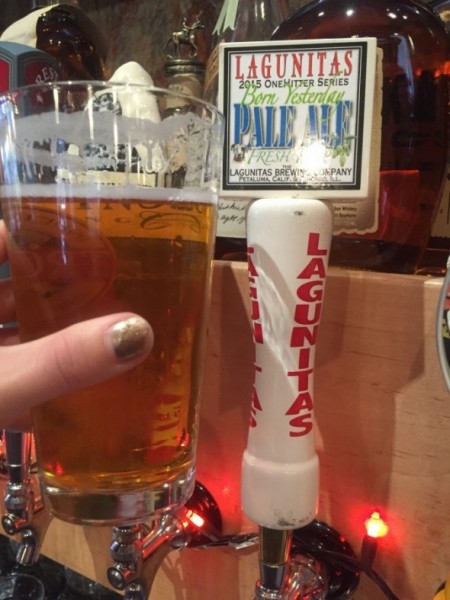
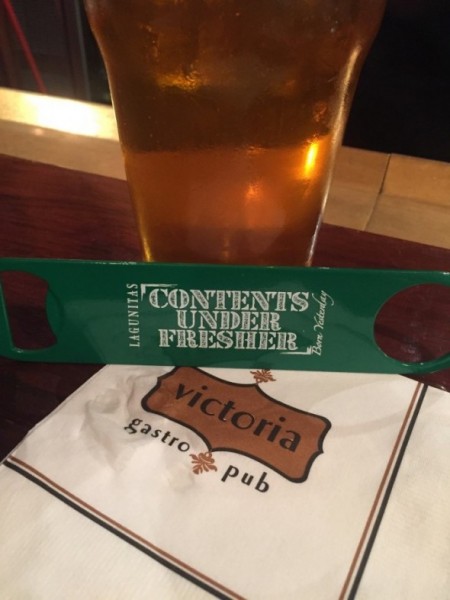
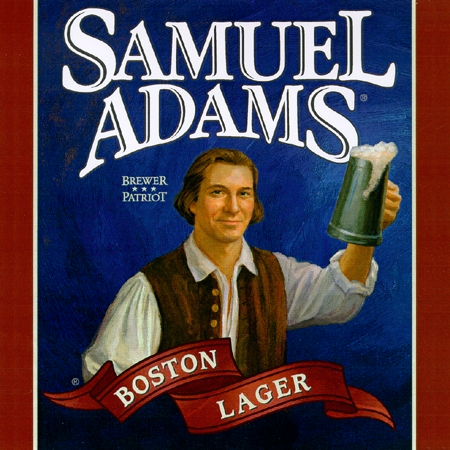

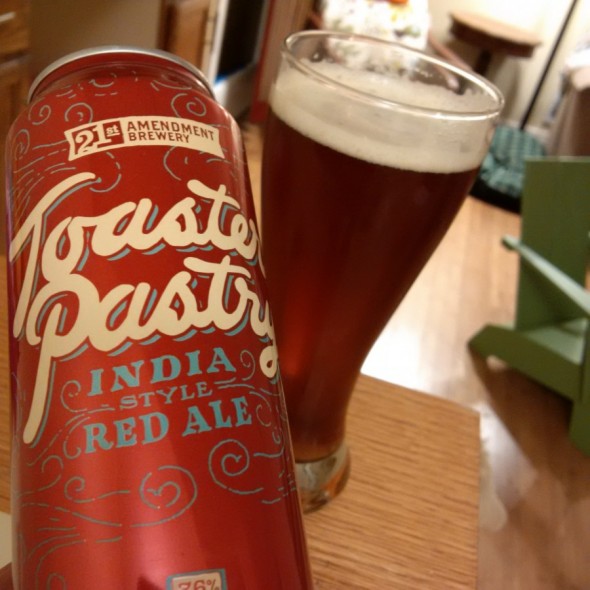


Follow Us!